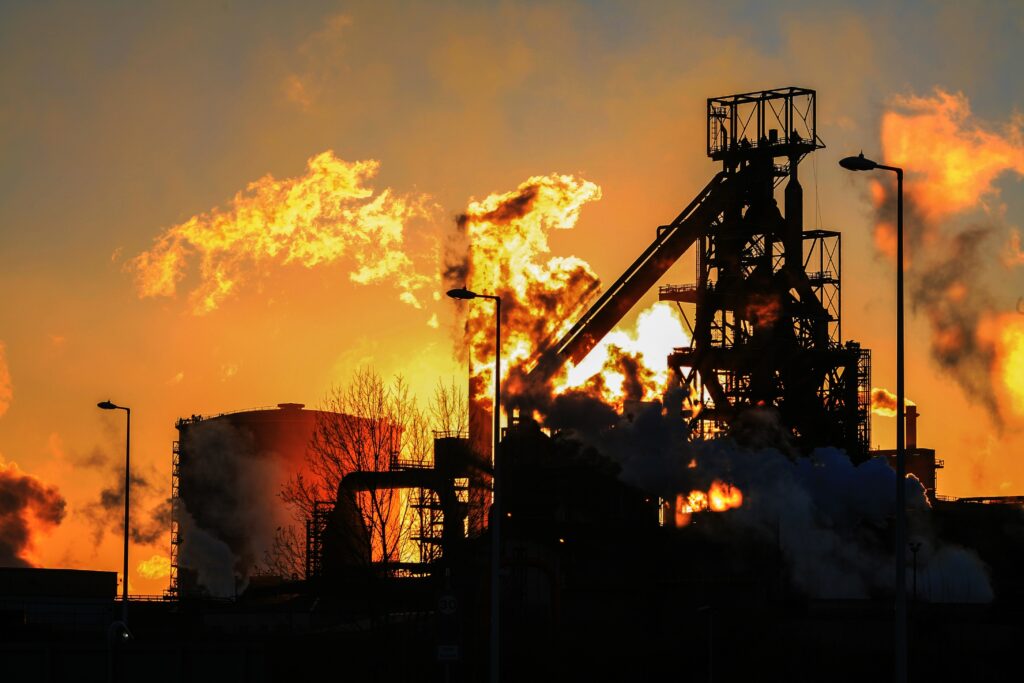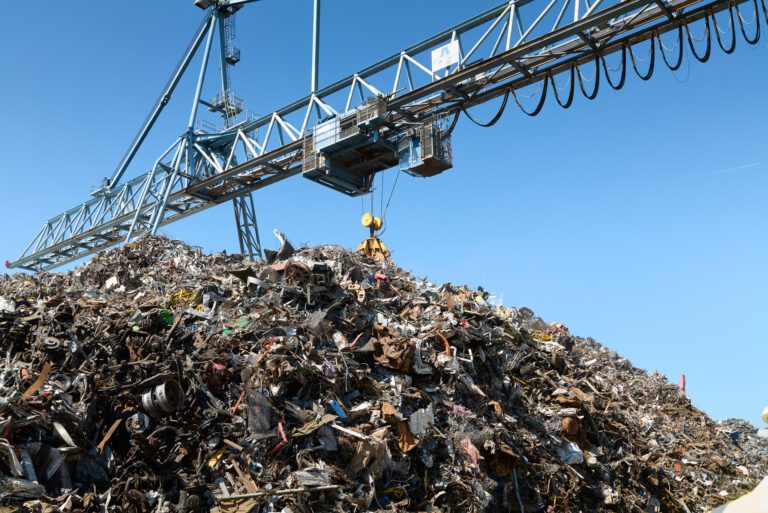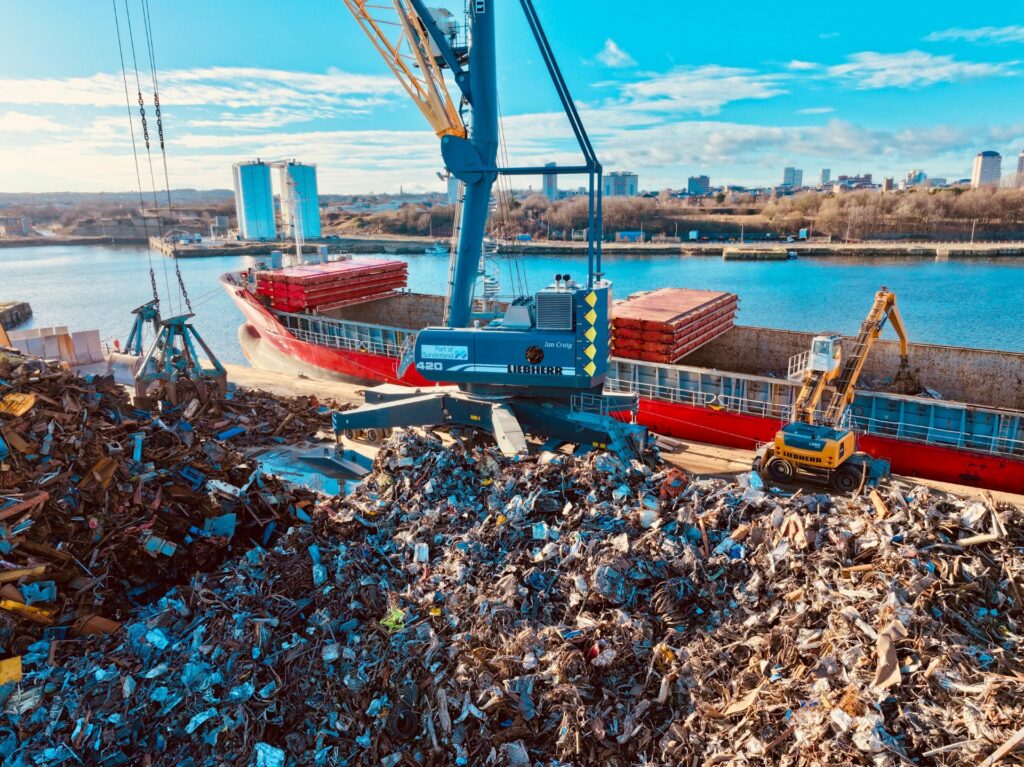The Department for Business and Trade said that the project will bring an additional 5,000 jobs to the UK once it is operational by the end of 2027.
Business secretary Jonathan Reynolds joined Tata Group chairman Natarajan Chandrasekaran and Wales secretary Jo Stevens to celebrate the launch of the project in Wales on Monday.
Reynolds said: “This is our Industrial Strategy in action and is great news for Welsh steelmaking backing this crucial Welsh industry, which will give certainty to local communities and thousands of local jobs for years to come.

“This government is committed to a bright future for our steel industry, which is why we provided £500 million of funding to make this project possible. Our modern Industrial Strategy has set out how we’ll back the sector even further, including by slashing energy costs for firms like Tata Steel to level the playing field, as part of our Plan for Change.”
The government approved the funding deal after only 10 weeks in office and hailed the plan as “a major win” for Welsh steelmaking and of “national strategic importance”.
It comes amongst increasing constraints on the global steel market, with the Bureau of International Recycling (BIR) this week calling for clearer definitions of “green steel”.
Tata Steel calculated that the UK has a surplus eight million tonnes of steel exported every year, which is more than any other country in the world.
In November 2024, Julia Ettinger, secretary general of the European Recycling Industries’ Confederation, called for more European investment into recycled steel and called it the “most economically viable and scalable solution” for the steel sector.
Planning permission for the EAF
The construction of the EAF was approved by Neath Port Talbot council’s planning committee in February this year.
The steelmaking company signed a contract with Tenova for the delivery of the EAF at the end of October last year.
The new furnace will produce steel by melting scrap steel using high intensity electric currents.
Molten metal will be tapped from the EAF at a rate of 320 tonnes every 42 minutes.
The installations will include two new ladle furnaces in which the liquid steel produced by the EAF will be further processed.
Difficulties faced by the Port Talbot site
Tata Steel said in its planning application that, since 2007, it had lost £4 billion at Port Talbot – with exponential decreases following 2023 due to higher energy costs and “ageing assets at the site which are expensive to maintain and operate”.
Chandrasekaran, speaking to attendees at the launch event on Monday, recognised the tough times the company has gone through: “This site has gone through a lot of difficulties, and the people here have been through hardship.
“This is a major commitment we are making and it is a new era. It is important we get this project right. I personally am very committed to making this happen.”
“I wanted to be here today as a demonstration of my personal commitment and the Group’s commitment.”
The Indian steelmaking company has said that the EAF presents the most appropriate solution for the continued use of the Port Talbot site.








Subscribe for free